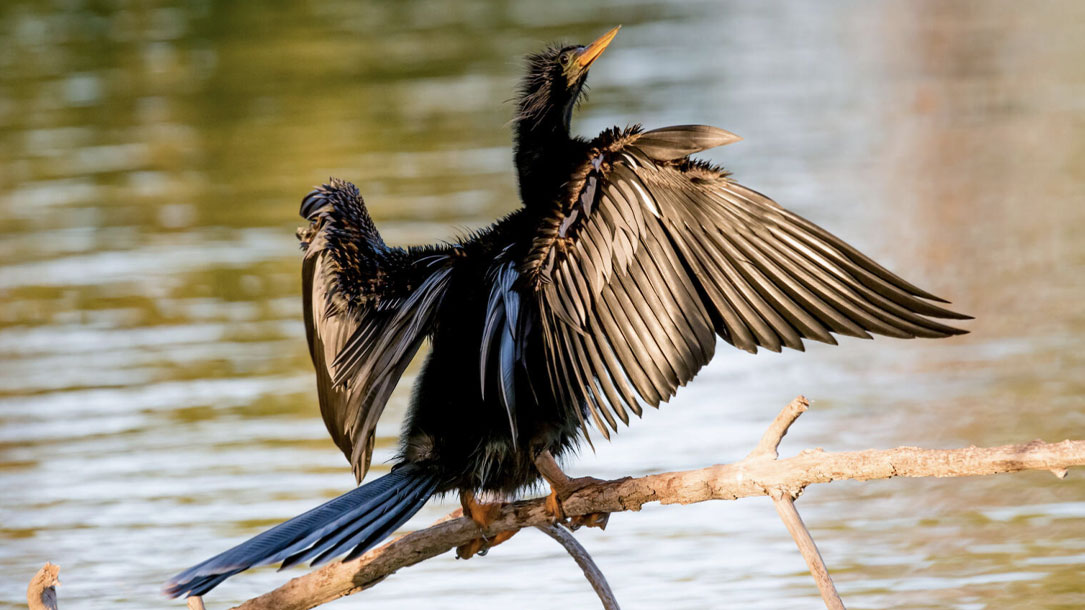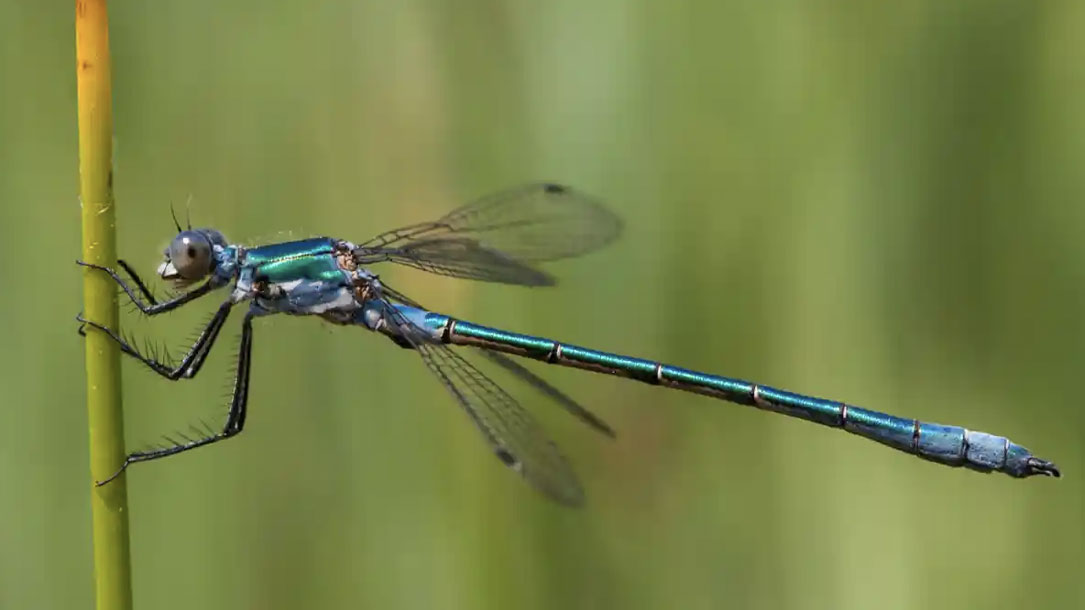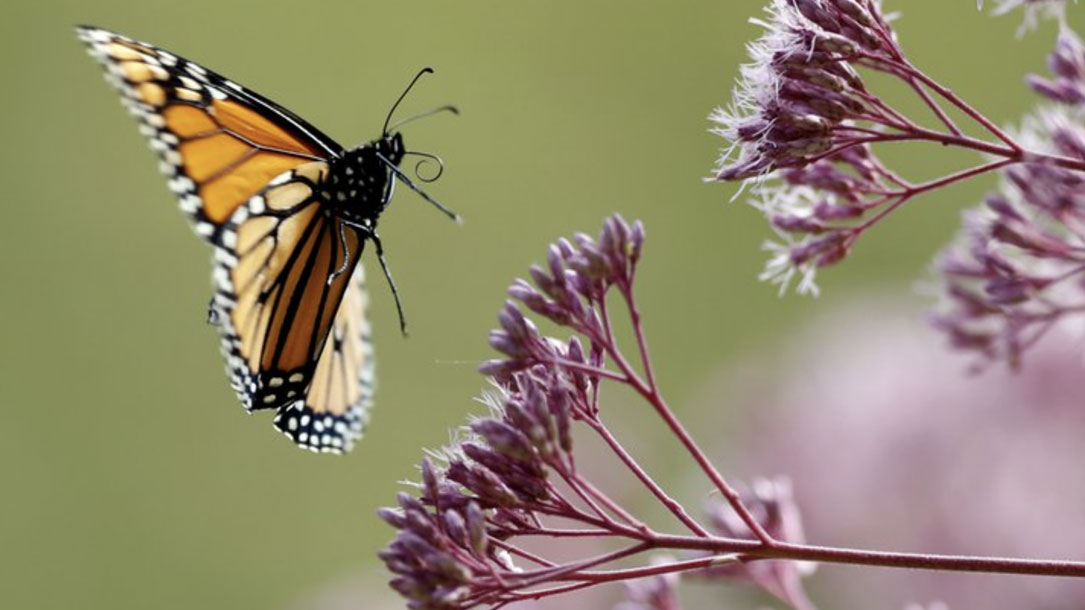
‘Climate change’ may be a key factor in declining butterfly populations
As Pennisi points out, “butterflies are at risk in open spaces, too.” She writes: “Art Shapiro, an insect ecologist at the University of California, Davis, and colleagues have shown that over the past 35 years, butterflies are disappearing even in pristine protected areas such as the Sierra Nevada mountain range in the western United States”…

Moose in a warming climate
“Moose populations across the northern United States are declining as the climate warms up. You wouldn’t think that a temperature increase of only 1.5 to 2 degrees Fahrenheit would kill a moose, but it appears that it does. In northwestern Minnesota, nearly all the moose have disappeared, and in northeastern Minnesota over 90 percent of the moose calves are dying during some years. Moose hunting is no longer allowed in Minnesota…”

30 x 30: NRDC’S commitment to protect nature and life on earth
“To prevent mass extinctions and bolster resilience to climate change, scientists warn that we must protect at least 30 percent of our lands, rivers, lakes, and wetlands by 2030. At the same time, we must also fully and highly protect at least 30 percent of our oceans by 2030 to help safeguard marine ecosystems and fisheries that provide food, jobs, and cultural sustenance to billions around the world.
We have the tools to create a better, healthier future for our planet—and ourselves—but we must act now…”

Changes in migratory bird patterns likely caused by climate change, study finds
Flowering plants are blooming earlier as a result of climate change, which shifts relationships between birds and their food sources.
Ruby-throated hummingbirds, for example, are arriving at breeding grounds at a different time than the blooming of their traditional food sources. Studies show that hummingbirds are arriving earlier at their breeding grounds than in the early 1900s.

The future of birds in our national parks
Audubon scientists have teamed up with colleagues from the National Park Service to look at how the accelerating change in climate will affect the birdlife in 274 National Park Service properties. Detailed reports for every park list birds for which the climatic conditions will be getting better or worse or staying the same. The reports also predict some species that might disappear from each park and others that could move in.

Climate change could cause shifts in bird ranges that seem unbelievable today
Audubon scientists have teamed up with colleagues from the National Park Service to look at how the accelerating change in climate will affect the birdlife in 274 National Park Service properties. Detailed reports for every park list birds for which the climatic conditions will be getting better or worse or staying the same. The reports also predict some species that might disappear from each park and others that could move in.

Insect populations suffering death by 1,000 cuts, say scientists
Insect populations are suffering “death by a thousand cuts”, with many falling at “frightening” rates that are “tearing apart the tapestry of life”, according to scientists behind a new volume of studies.
The insects face multiple, overlapping threats including the destruction of wild habitats for farming, urbanisation, pesticides and light pollution. Population collapses have been recorded in places where human activities dominate, such as in Germany, but there is little data from outside Europe and North America and in particular from wild, tropical regions where most insects live.

Scientists decry death by 1,000 cuts for world’s insects
The world’s vital insect kingdom is undergoing “death by a thousand cuts,” the world’s top bug experts said.
Climate change, insecticides, herbicides, light pollution, invasive species and changes in agriculture and land use are causing Earth to lose probably 1% to 2% of its insects each year, said University of Connecticut entomologist David Wagner, lead author in the special package of 12 studies in Monday’s Proceedings of the National Academies of Sciences written by 56 scientists from around the globe.

‘One of most disturbing articles I have ever read’ scientist says of study detailing climate-driven ‘bugpocalypse’
When a scientist who studies the essential role insects play in the health of the ecosystem calls a new study on the dramatic decline of bug populations around the world “one of the most disturbing articles” he’s ever read, it’s time for the world to pay attention.
The article in question is a report published Monday in the Proceedings of the National Academy of Sciences (PNAS) showing that in addition to annihilating hundreds of mammal species, the human-caused climate crisis has also sparked a global “bugpocalypse” that will only continue to accelerate in the absence of systemic action to curb planetary warming.

Scientists sound alarm about insect apocalypse
A collection of new scientific papers authored by 56 experts from around the world reiterates rising concerns about bug declines and urges people and governments to take urgent action to address a biodiversity crisis dubbed the “insect apocalypse.”
Emphasizing the consequences of such declines, University of Connecticut entomologist David Wagner, the package’s lead author, told the Associated Press that insects “are absolutely the fabric by which Mother Nature and the tree of life are built.”
According to Wagner, many insect populations are dropping about 1-2% per year. As he put it to The Guardian: “You’re losing 10-20% of your animals over a single decade and that is just absolutely frightening. You’re tearing apart the tapestry of life”…












